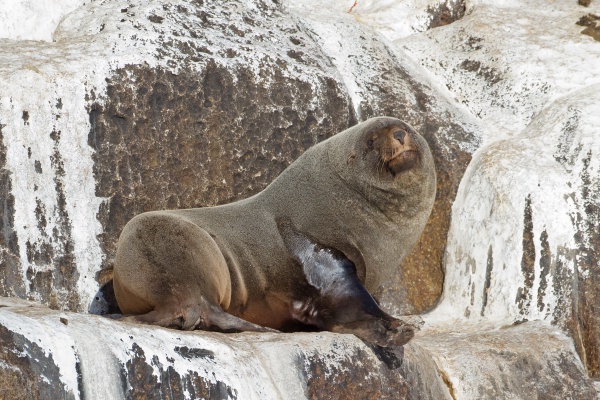Facts About Brown fur seal
The brown fur seal, also known as the Cape fur seal, South African fur seal, and Australian fur seal, stands out prominently within the fur seal family. These seals are the largest and most robust of their kind, easily identifiable by their sizable heads, pointed snouts, external ear flaps, and long whiskers. Males are generally larger than females, though their exact size and weight can vary depending on the subspecies.
Brown fur seals favor rocky islands, ledges, and beaches for breeding and resting. Their diet mainly consists of fish, squid, and other marine creatures, though they are occasionally known to prey on sharks. Their primary predator is the great white shark, and they have developed various strategies to evade these formidable hunters.
Socially, brown fur seals are quite vocal, utilizing a range of sounds to communicate and recognize one another. During the breeding season, males establish territories, and females select their mates within these areas. After a gestation period of about a year, females balance their time between foraging at sea and nursing their pups on land.
Human interactions with brown fur seals have evolved over the years. Historically, they were hunted for commercial purposes in some regions. However, conservation efforts have introduced protections for their breeding and resting sites. Although regulated seal harvesting still occurs in some places, these measures aim to maintain population stability.
